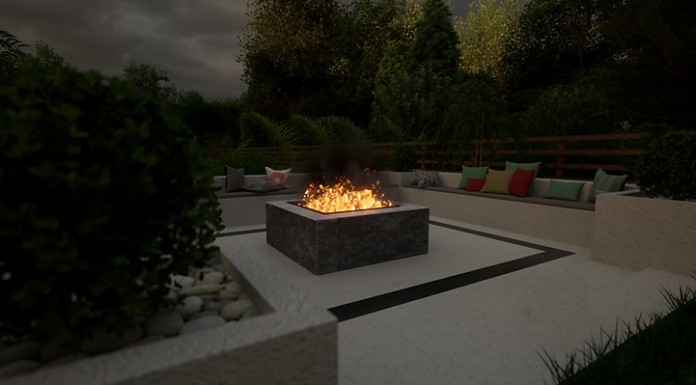Introduction
The art of landscaping is a unique blend of creativity and functionality, allowing individuals to transform their outdoor spaces into beautiful, functional, and original landscapes. Whether you’re a seasoned gardener or a novice looking to spruce up your outdoor area, this ultimate guide will walk you through the essential steps and principles of creating an original landscape design that reflects your personality, suits your needs, and harmonizes with the natural surroundings.
1. Define Your Goals and Vision
Before you embark on your landscaping journey, take some time to define your goals and vision for your outdoor space. Are you looking to create a serene retreat for relaxation, a vibrant garden filled with colorful flowers, or a practical, low-maintenance landscape? Your vision will serve as the foundation for your design and guide your decisions throughout the process.
2. Assess Your Space
Understanding your landscape’s characteristics is crucial to creating an original design. Evaluate the size, shape, and topography of your outdoor area. Take note of existing elements like trees, shrubs, structures, and any natural features. This assessment will help you identify potential challenges and opportunities for your design.
3. Develop a Budget
Landscaping projects can vary widely in cost, so it’s essential to establish a budget early on. Determine how much you’re willing to invest in your landscape design, considering both hardscape (e.g., pathways, patios) and softscape (e.g., plants, trees) elements. A well-defined budget will help you make informed choices during the design process.
4. Create a Functional Layout
A functional layout is the backbone of any successful landscape design. Consider how you want to use your outdoor space. Do you need a seating area, a play space for children, or a vegetable garden? Sketch out a rough layout that incorporates these elements while maintaining a pleasing flow and accessibility.
5. Select Appropriate Plants
Plants are the heart of any landscape design, and choosing the right ones is crucial. Research local plant species that thrive in your climate and soil conditions. Select a variety of plants based on their size, shape, color, and seasonal interest to create a visually appealing and sustainable landscape.
6. Pay Attention to Scale and Proportion
Maintaining proper scale and proportion is key to a harmonious landscape design. Ensure that hardscape elements like pathways and structures are appropriately sized for your space. Avoid overcrowding plants and structures, as this can create a cluttered and unbalanced look.
7. Focus on Unity and Harmony
An original landscape design should achieve unity and harmony by tying all elements together seamlessly. Use a consistent design theme, such as a cottage garden, modern minimalist, or tropical oasis, to guide your choices. Repeating colors, shapes, and materials throughout your landscape will create a cohesive and pleasing aesthetic.
8. Incorporate Hardscape Elements
Hardscape elements like pathways, patios, and outdoor seating areas provide structure and functionality to your landscape. Choose materials that complement your design theme and consider factors like durability, maintenance, and accessibility when making your selections.
9. Add Personal Touches
To make your landscape truly original, add personal touches that reflect your personality and interests. This could include unique sculptures, customized garden art, or even a dedicated space for your favorite hobby, like birdwatching or yoga. These personal elements will make your landscape design one-of-a-kind.
10. Plan for Maintenance
Every landscape requires regular maintenance to stay in top shape. Be realistic about the time and effort you can dedicate to upkeep and choose plants and features that match your maintenance capabilities. Consider implementing low-maintenance practices like mulching and irrigation systems to make your life easier.
11. Consider Sustainability
Creating an original landscape design doesn’t mean sacrificing sustainability. In fact, sustainability should be an integral part of your plan. Choose native plants that require less water and support local wildlife. Incorporate eco-friendly features like rain gardens, composting areas, and solar-powered lighting to reduce your environmental impact.
12. Seek Professional Help
If you feel overwhelmed by the complexity of your landscape design, don’t hesitate to seek professional help. Landscape architects and designers have the expertise to turn your vision into a reality while ensuring that your design is functional, beautiful, and sustainable.
Conclusion
Crafting an expert garden design and original landscape masterpiece is an exhilarating journey, turning your outdoor space into a personalized oasis. By meticulously defining your goals, assessing your space, and following the principles outlined in this ultimate guide, you embark on a transformative adventure. Here, patience and dedication are your allies, ensuring a landscape design that stands the test of time and elevates your quality of life while delighting your loved ones.


















